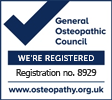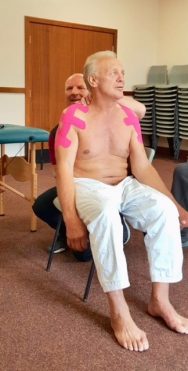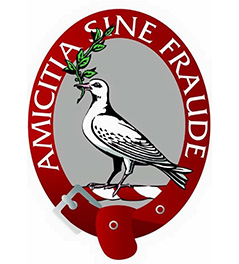The shoulder is at high risk for injury during overhead sports, in particular in throwing or hitting activities, such as baseball, tennis, handball, and volleyball. In order to create a scientific basis for the prevention of recurrent injuries in overhead athletes, four steps need to be undertaken: (1) risk factors for injury and re-injury need to be defined (2) established risk factors may be used as return-to-play criteria(3) these variables need to be measured using reliable, valid assessment tools and procedures; and (4) preventative training programs need to be designed and implemented into the training program of the athlete in order to prevent re-injury
In general, three risk factors have been defined that may form the basis for recommendations for the prevention of recurrent injury and return to play after injury: glenohumeral internal-rotation deficit (GIRD); rotator cuff strength, in particular the strength of the external rotators; and scapular dyskinesis, in particular scapular position and strength.
Numerous exercises have been described to strengthen the rotator cuff muscles, including concentric, isometric, eccentric, and plyometric exercises. In view of the eccentric component of the function of the external rotators, the sport-specific exercises for overhead athletes should focus on two areas in my opinion
1) Exercises that accentuate the eccentric phase and “avoid” the concentric phase in order to load the muscles based on their eccentric capacity. The picture below shows an example of an eccentric exercise for the external rotators in general in an abducted position.
2)Slow exercises for absolute strength, fast exercises for endurance and plyometric capacity
speak to us at the clinic if you wish for some guidance on how to rehab your shoulder


















